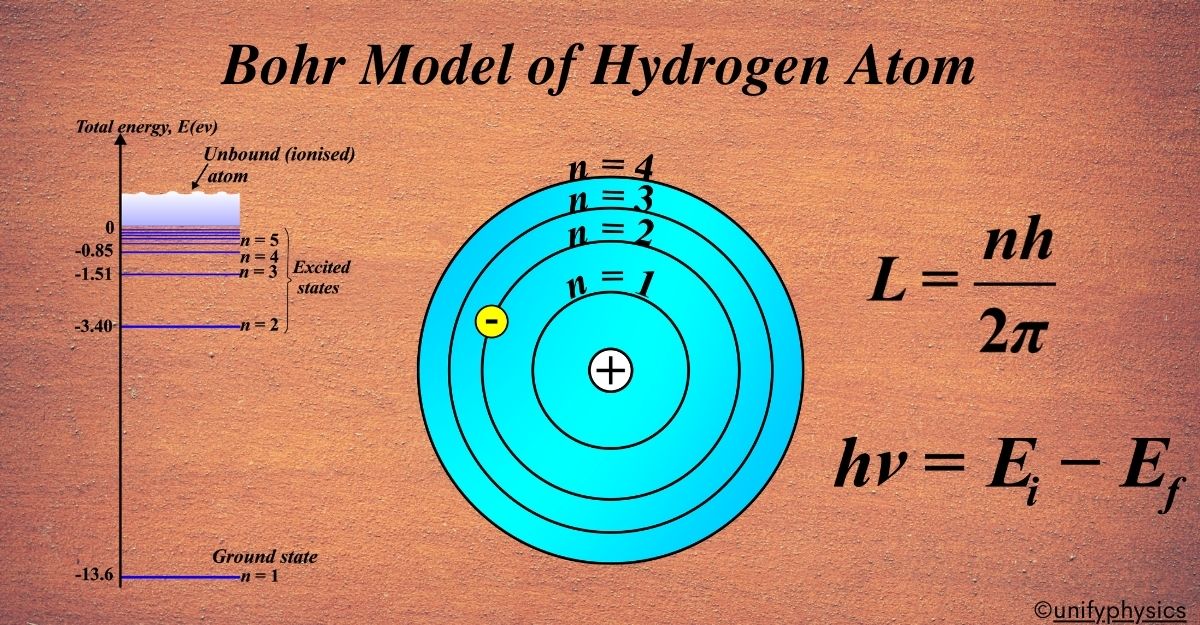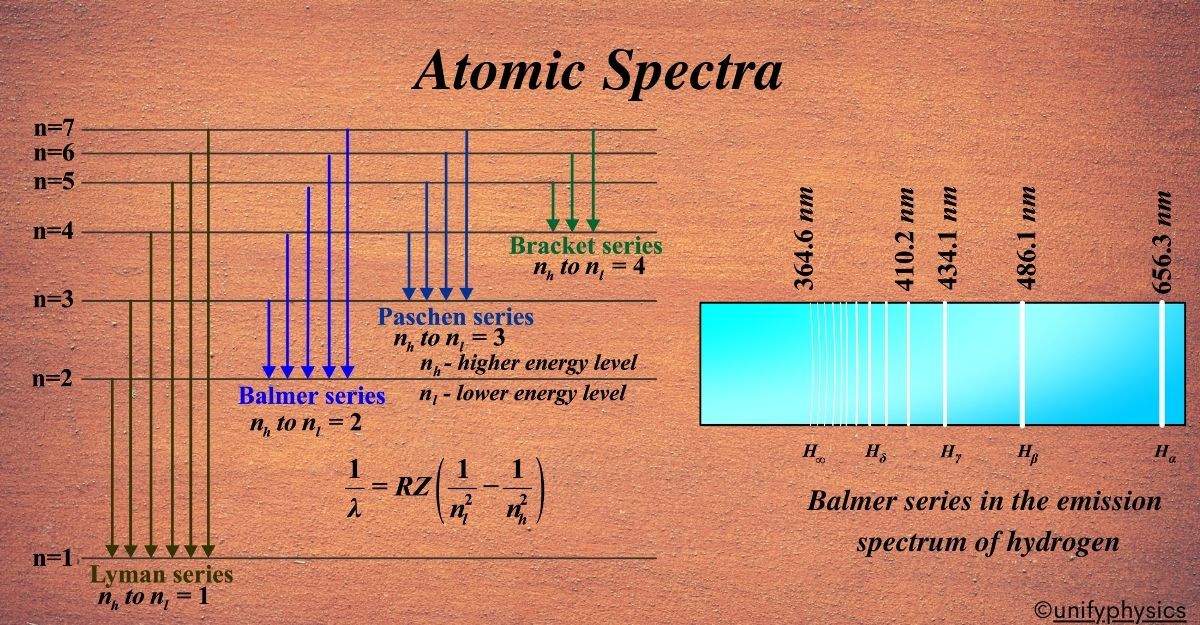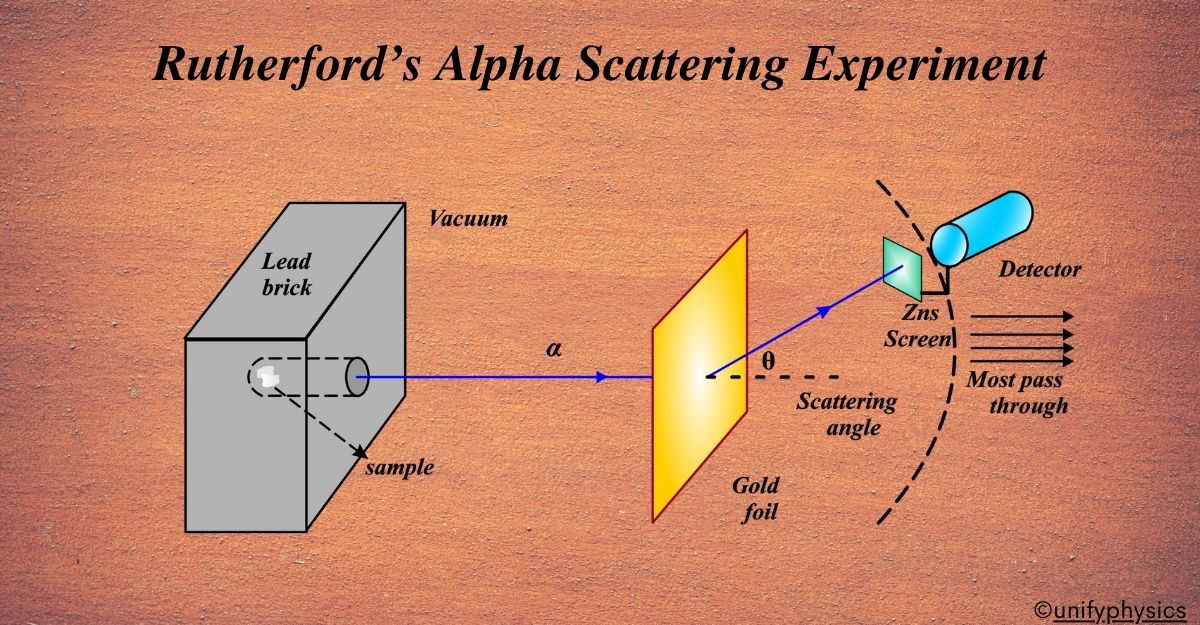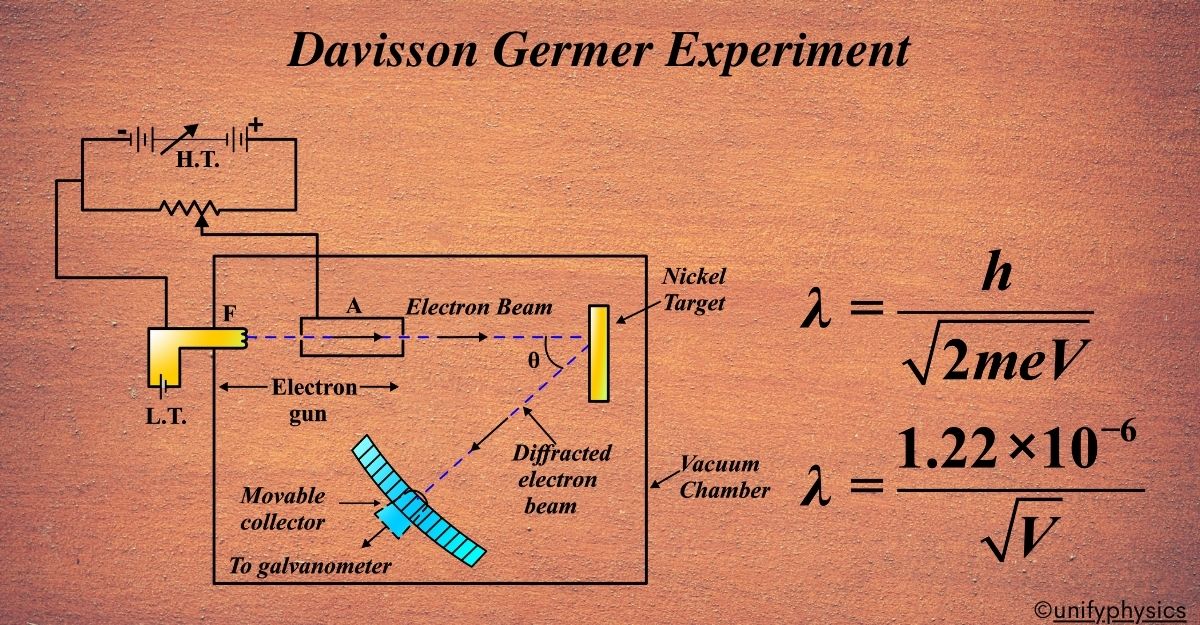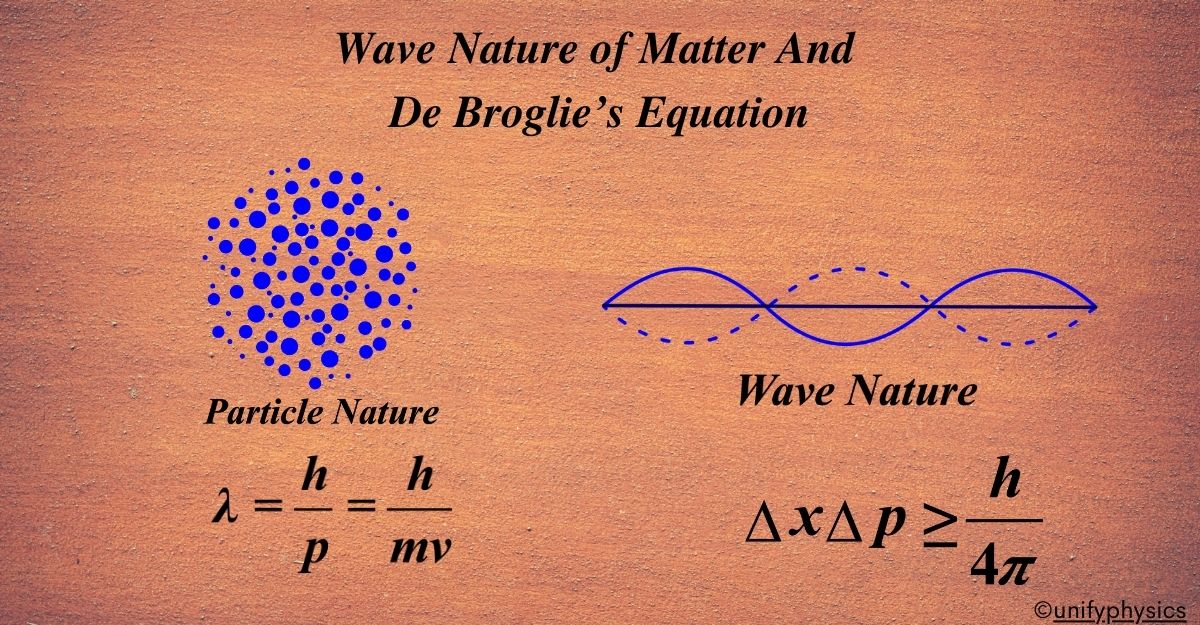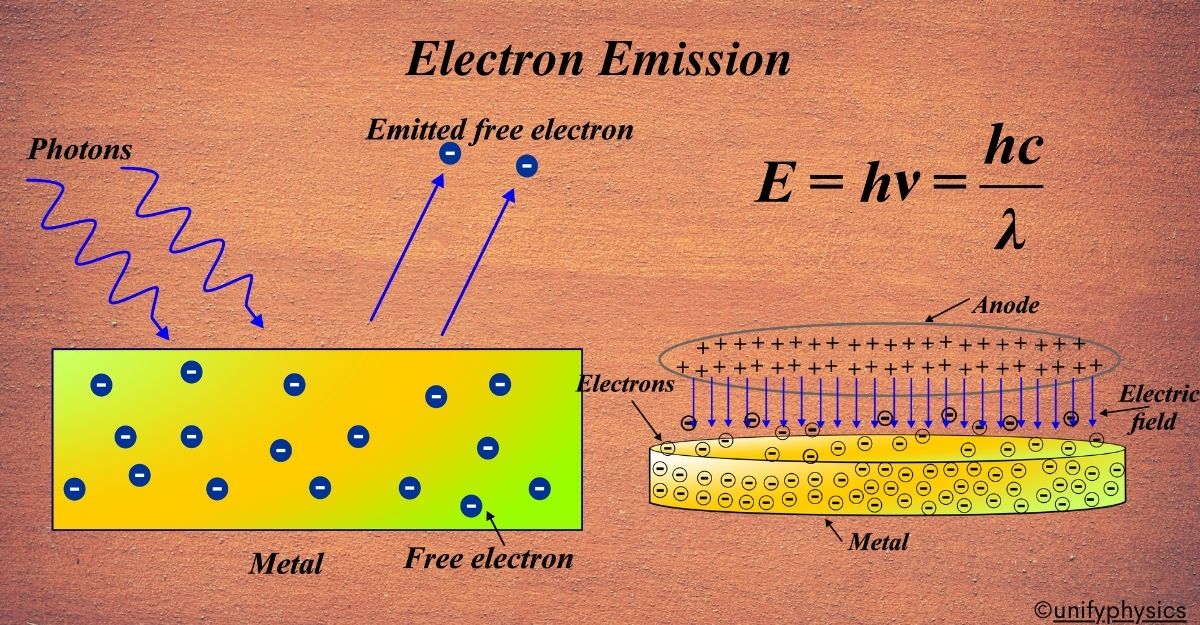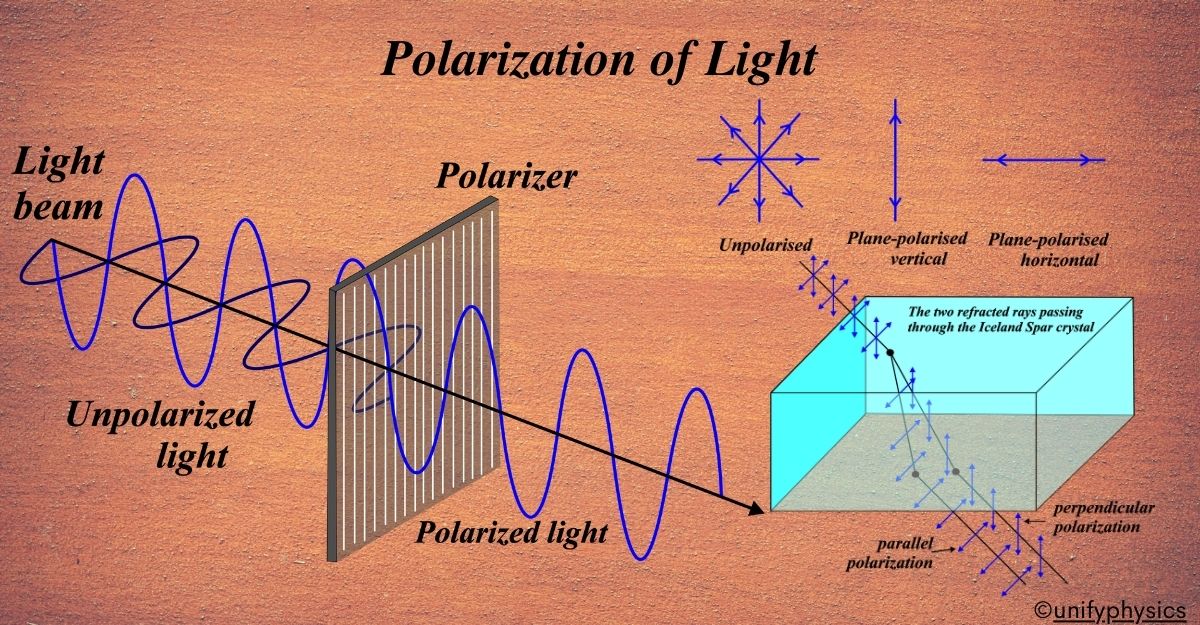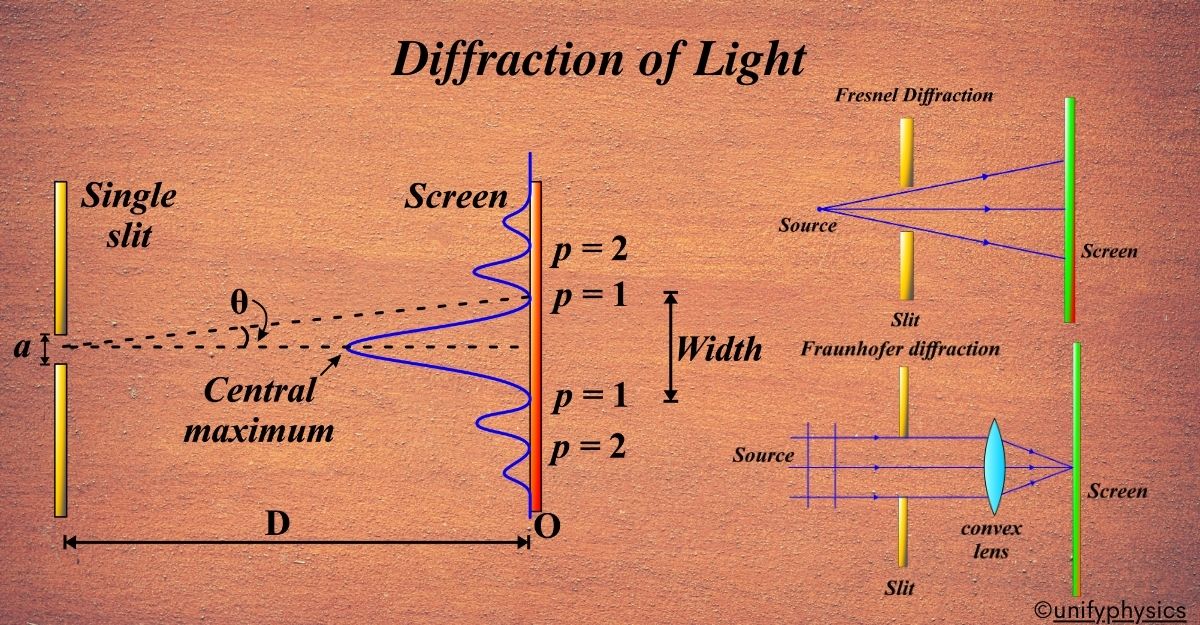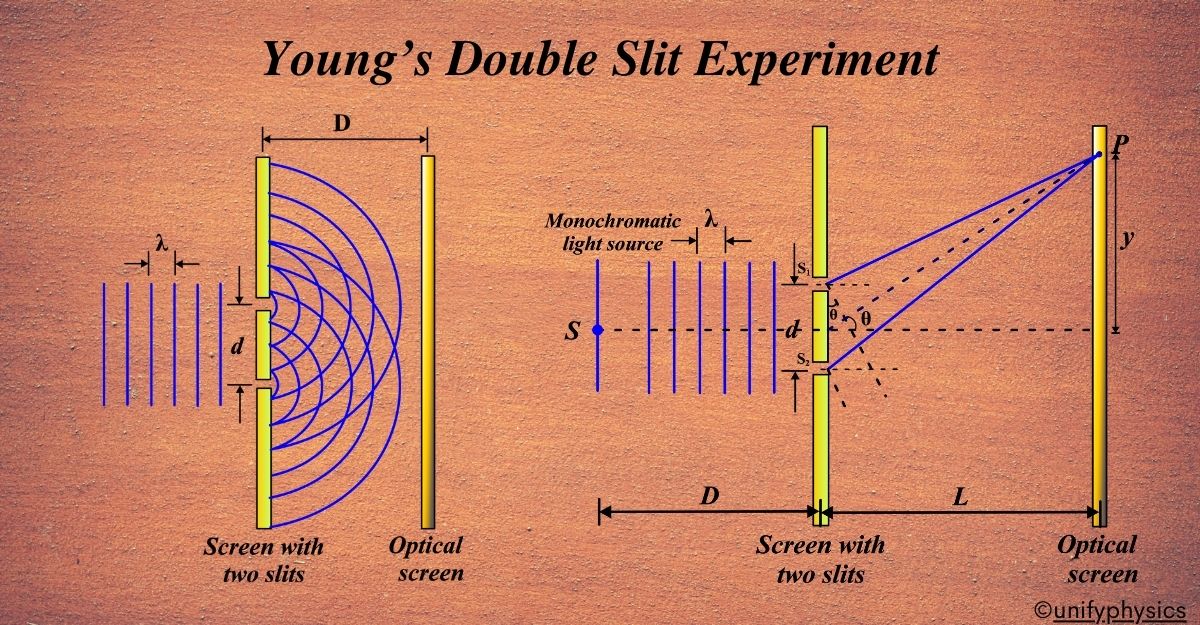Bohr Model of Hydrogen Atom
Before Bohr, there was a quest to understand the atom’s structure. In 1897, J.J. Thomson discovered the electron and proposed the ‘plum pudding model,’ which suggested that electrons were scattered within a ‘pudding’ of positive charge. However, this model couldn’t explain certain experimental results like the emission spectra or the outcomes of alpha particle scattering … Read more
